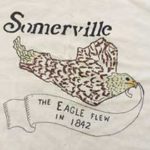
Eagle Feathers #246 – The River Charles
By Bob (Monty) Doherty
Before the arrival of Europeans to what is now the Charles River Basin and its eighty-mile winding river, nature governed its shores. There were mammals and birds that today are seldom seen east of Route 495. At that time, its riverside was a land of the small animal: otters, weasels, beavers, minks and porcupines.
It was also the harbor for moose, deer, wolves and bears. The area was bountiful with marine life. Native Americans hunted whales off the nearby Atlantic coast while lobsters were trapped off shore, and shellfish were easily harvested along the river’s edge.
*
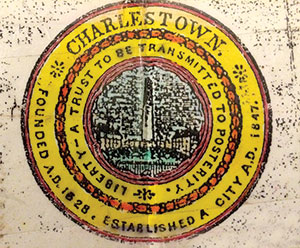 *
*
In 1614, Captain John Smith explored and named the river after England’s Prince Charles I. The Town of Charlestown was named after him when he was King Charles. The previous indigenous name was Massachusetts. Its meaning is Blue Hills from the native tribe, Massachusett, living in the region and the nearby 635-foot-blue granite elevations.
*
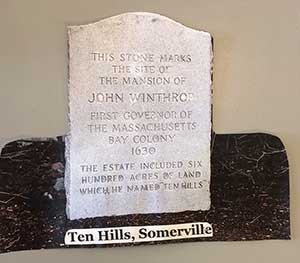 *
*
Six years later, John Winthrop arrived here with the Massachusetts Bay Colony Charter settling at Ten Hills, which was then Charlestown. Brackish water caused the Governor and his followers to cross the Charles for the Shawmut peninsula’s pure, abundant water. The land was then named Boston after their English hometown.
This beautiful flow of water, The Charles, has witnessed American history like no other.
- On April 18, 1775, Paul Revere crossed the Charles River from Boston to the Charlestown side before commencing his famous midnight ride through Somerville and on to Lexington.
- At the same early morning interval on April 18, British troops started their march to Concord and crossed the river to the Cambridge side. After their anguishing loss on April 19, the British retreated to safety across the Charles River at the neck.
*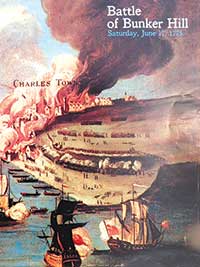 *
* - Two months later on June 17, the Charles River’s shore was witness to the epic Battle of Bunker Hill. This was the first major battle of the Revolution where 145 Americans and 226 British died. Overall, 1,503 casualties were suffered.
- The Siege of Boston lasted for the next nine months, and the Charles River was the battle line between English and American armies. If the Charles had frozen that winter, General Washington’s army would have attacked across the river into Boston.
*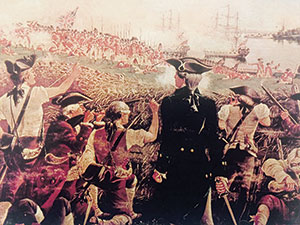 *
* - In early March, under constant bombing of Boston from Cobble Hill and other forts across the Charles River, the patriots fortified Dorchester Heights. The British were forced to evacuate the city on March 17, 1776.
Every year, our modern Boston celebrates the Fourth of July at the Charles River Esplanade. Very few fans are aware that they are stretching their blankets upon the historic, patriotic shores of the River Charles!
*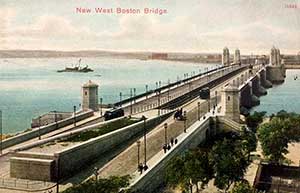















Reader Comments